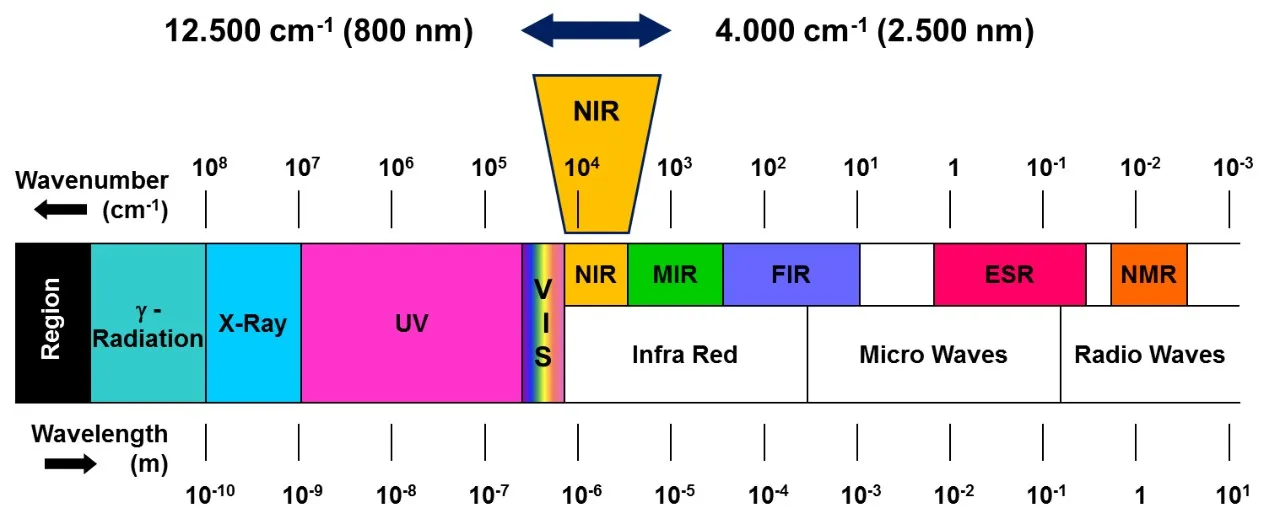The Wavelength Puzzle: Why 950-1650nm Dominates Agricultural NIR
Sep 10, 2025
Near-infrared spectroscopy’s power in agriculture hinges on a critical choice: 950-1650 nm wavelength range. This isn’t arbitrary – it’s the science-driven sweet spot for precision, penetration, and rugged reliability. Here’s why:
1. Penetration Depth: The Core Trade-Off
Light penetration dictates what you can measure. Our research reveals:
Material Optimal Wavelength Penetration Depth Accuracy Impact
Grains 1,100–1,300 nm 2–3 mm Protein: ±0.15%
Oils/Seeds 950–1,050 nm 0.5–1 mm Moisture: ±0.1%
Powders 1,200–1,400 nm 1–2 mm Starch: ±0.2%
Why 950-1650 nm wins:
Grains: Deeper penetration (2-3mm) captures whole-kernel chemistry.
Oils: Shallow depth (0.5mm) avoids container interference.
Single Device Flexibility: Covers 95% of agricultural samples.
�� Example: Soybean moisture detection fails at >1,700 nm (absorbed by surface only).
2. InGaAs Sensors: The Unrivaled Field Warrior
Material Science Advantage
Composition: In₀.₅₃Ga₀.₄₇As ternary alloy precisely targets 900-1,700 nm.
Quantum Efficiency: 85-90% (vs. Si sensors' <10% at 1,500 nm).
Thermal Stability: Coefficient matched to ceramic substrates minimizes drift.
Environmental Validation Data
Stress Test InGaAS Performance Alternative Sensors
45°C / 85% RH, 500h Wavelength shift <0.1 nm PbS detectors fail >40°C
5g Vibration SNR* maintains >50,000:1 Grating systems decalibrate
Dust Exposure Signal attenuation <3% Requires frequent cleaning
3. Agricultural Impact: Evidence from Research
Rice Milling Optimization (Vietnam Study)
Challenge: Surface moisture sensors missed internal gradients (14-18% variation).
950-1650 nm Solution:
2mm penetration depth detected core moisture hotspots.
Result:
↓ 9% broken rice (vs. traditional drying)
↓ 15% energy consumption

Oil Palm Fraud Prevention (Malaysian Journal of Agriculture)
Method: 1,050 nm scans of palm kernels (0.8mm penetration).
Accuracy: Detected 7% stearin adulteration at R²=0.98.
Competing Wavelength Limitations
Range Agricultural Drawbacks Technical Root Cause
<950 nm Surface contamination skews results Insufficient photon energy for penetration
>1,650 nm Requires liquid nitrogen cooling High thermal noise in HgCdTe detectors
Broadband Water absorption masks critical signals Overlapping O-H harmonics
